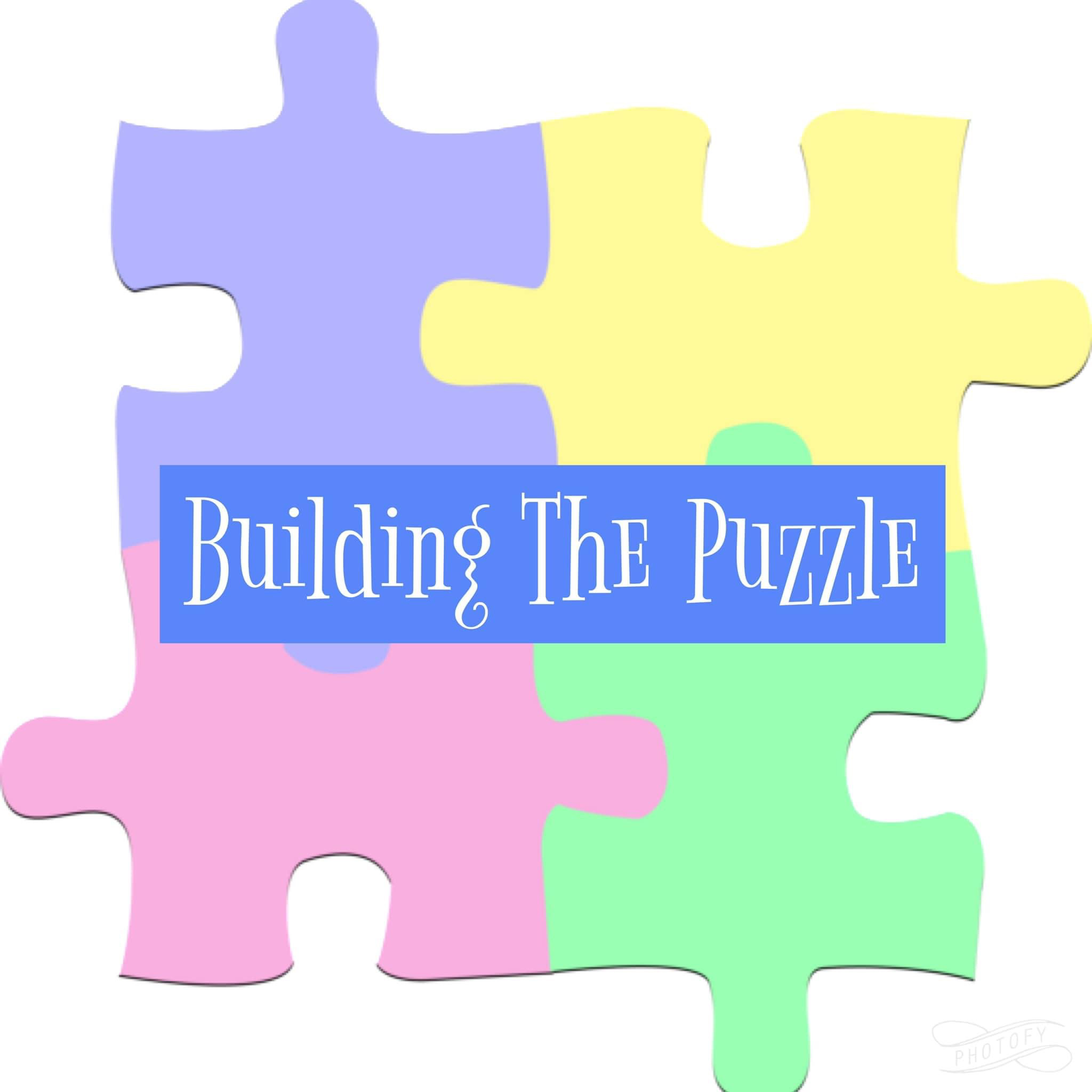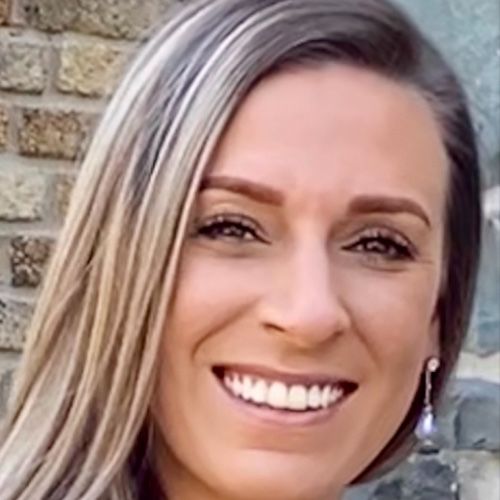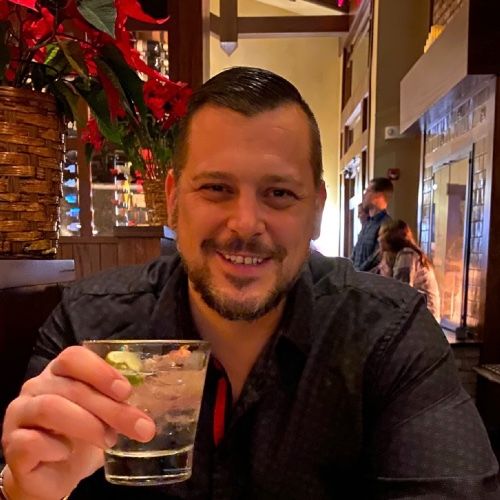Episode #2 What is Autism
Show Notes
Join Shawn and Alex as they provide a basic background of what Autism is, for all the parents that are new to the world of Autism and have just started there journey. They cover the definition and diagnostic criteria, Autism statistics, common symptoms, and a few of the common therapies and interventions. Let us make sure our entire community understands some basic background before we conquer some of the major topics.
Find Autism Building The Puzzle
Facebook (buildingthepuzzle) - https://www.facebook.com/buildingthepuzzle-100103054801446
Facebook Group (Building the Puzzle) - https://www.facebook.com/groups/1172615782928344
Instagram - Buildingthepuzzle
Show Sponsor’s
The Speech Paradigm
Facebook - https://www.facebook.com/The-Speech- Paradigm-103028718203668
Instagram - Thespeechparadigm
Greyson & Co
Etsy - greysonandcotoys
Facebook (Greyson & Co.) - https://www.facebook.com/GreysonandCompany
Instagram - Greyson.and.company
Definition of Autism (From the DSM5):
DSM-5 Autism Diagnostic Criteria
A. Persistent deficits in social communication and social interaction across multiple contexts, as manifested by the following, currently or by history (examples are illustrative, not exhaustive, see text):
- Deficits in social-emotional reciprocity, ranging, for example, from abnormal social approach and failure of normal back-and-forth conversation; to reduced sharing of interests, emotions, or affect; to failure to initiate or respond to social interactions.
- Deficits in nonverbal communicative behaviors used for social interaction, ranging, for example, from poorly integrated verbal and nonverbal communication; to abnormalities in eye contact and body language or deficits in understanding and use of gestures; to a total lack of facial expressions and nonverbal communication.
- Deficits in developing, maintaining, and understanding relationships, ranging, for example, from difficulties adjusting behavior to suit various social contexts; to difficulties in sharing imaginative play or in making friends; to absence of interest in peers.
Specify current severity: Severity is based on social communication impairments and restricted repetitive patterns of behavior. (See table below.)
B. Restricted, repetitive patterns of behavior, interests, or activities, as manifested by at least two of the following, currently or by history (examples are illustrative, not exhaustive; see text):
- Stereotyped or repetitive motor movements, use of objects, or speech (e.g., simple motor stereotypies, lining up toys or flipping objects, echolalia, idiosyncratic phrases).
- Insistence on sameness, inflexible adherence to routines, or ritualized patterns or verbal nonverbal behavior (e.g., extreme distress at small changes, difficulties with transitions, rigid thinking patterns, greeting rituals, need to take same route or eat food every day).
- Highly restricted, fixated interests that are abnormal in intensity or focus (e.g, strong attachment to or preoccupation with unusual objects, excessively circumscribed or perseverative interest).
- Hyper- or hyporeactivity to sensory input or unusual interests in sensory aspects of the environment (e.g., apparent indifference to pain/temperature, adverse response to specific sounds or textures, excessive smelling or touching of objects, visual fascination with lights or movement).
Specify current severity: Severity is based on social communication impairments and restricted, repetitive patterns of behavior. (See table below.)
C. Symptoms must be present in the early developmental period (but may not become fully manifest until social demands exceed limited capacities or may be masked by learned strategies in later life).
D. Symptoms cause clinically significant impairment in social, occupational, or other important areas of current functioning.
E. These disturbances are not better explained by intellectual disability (intellectual developmental disorder) or global developmental delay. Intellectual disability and autism spectrum disorder frequently co-occur; to make comorbid diagnoses of autism spectrum disorder and intellectual disability, social communication should be below that expected for general developmental level.
Types of Therapy Discussed
* Discrete trial training (DTT) uses simple lessons and positive reinforcement.
* Pivotal response training (PRT) helps develop motivation to learn and communicate.
* Early intensive behavioral intervention (EIBI) is best for children under age 5.
* Verbal behavior intervention (VBI) focuses on language skills.
* Relationship-Based Approach (DIR). This kind of treatment is better known as Floortime.
* The Picture Exchange Communication System (PECS)
* Sensory Integration Therapy.
Resources:
Definition of Autism - https://www.autismspeaks.org/autism-diagnosis-criteria-dsm-5
Autism Stats - https://www.cdc.gov/ncbddd/autism/data.html
Web MD - https://www.webmd.com/brain/autism/understanding-autism-treatment


